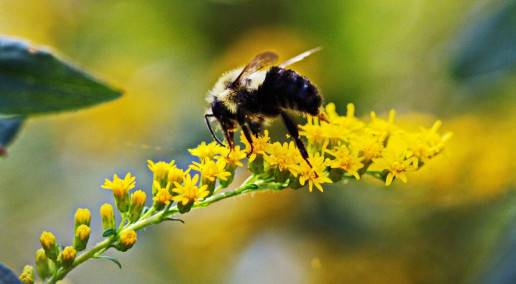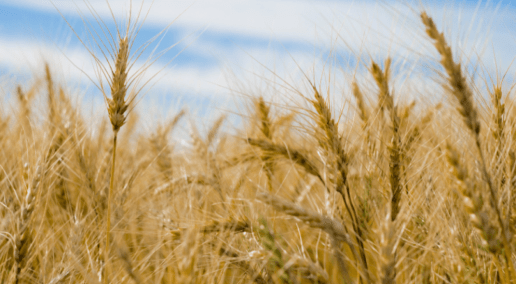During this session Karen Haugen-Kozyra looks at opportunities for Canadian forage growers to monetize the positive landscape functions of the forage and grassland sector and explores new revenue sources for the Canadian forage grower. We don’t want to borrow from future generations, we want to leave a sustainable future for them.
Karen Haugen-Kozyra has led ecosystem goods and services policy and program development, and building tools and infrastructure for environmental assets, most concretely in carbon credit trading. Over the course of her career, Karen has provided strategic policy and program development input to Alberta’s Bioenergy Framework, National Greenhouse Gas/Climate Change Policy, Nutrient Management Programming, Environmental Farm Plan, BMP Manuals and Agricultural Policy Frameworks, including Growing Forward two Environmental programs. To support these initiatives, Karen has co-ordinated research and studies of environmental mitigation opportunities for agriculture in air, water, soil and biodiversity. Karen and her firm help companies navigate the nexus between lowering their carbon footprint and developing an overall sustainability strategy.
Global Conversation
We need to stop arguing, and start collaborating on nature climate solutions. Nature climate solutions are 30 per cent of mitigation potential, but only one per cent of the discussion. What can agriculture be recognized for? Protection, maintenance, improved management and restoration?
A Grassland Pilot would provide opportunities for producers and give incentive to preserve grassland. The pilot is in the proof-of-concept stage and needs to get through Canadian protocol. Nature United has an interactive site for Natural Climate Solutions for Canada. There is an option to increase carbon prices in the future.
The World Wide Fund for Nature (WWF) has a Plowprint Report recognizing grasslands as containing 12 per cent of global grassland stocks plus other rich ecosystem services. They recognize that the loss of grasslands is equal to the clearing of the Amazonian forests. Conserving grasslands is the number one priority to mitigate Climate change, along with restoration along waterways. WWF Canada’s new study finds that 95 per cent of Canada’s carbon is found in top one meter of soil, mostly in peat. We need to protect these stocks and avoid emitting this.
Back to Carlene Schneider



Leave a Comment